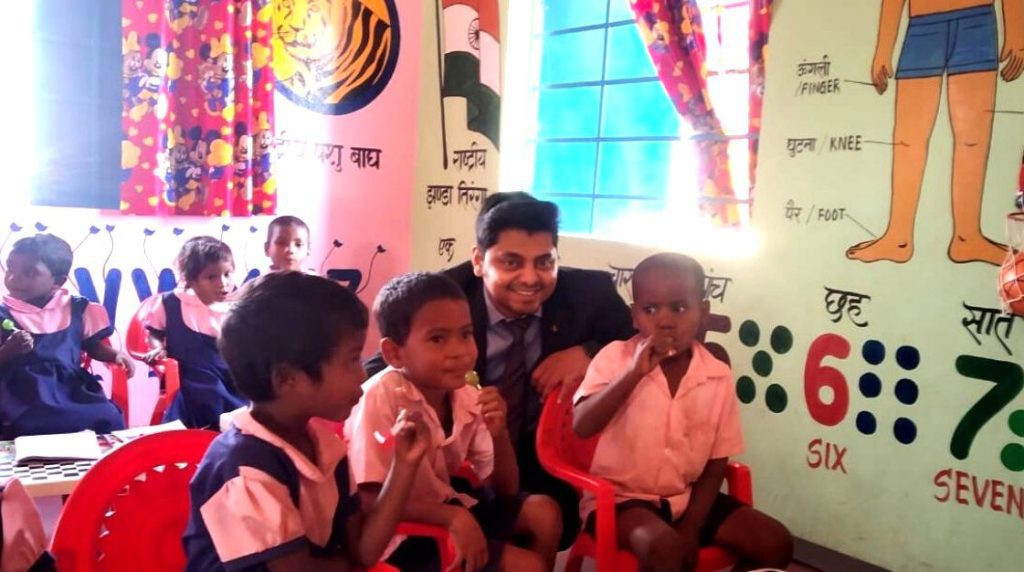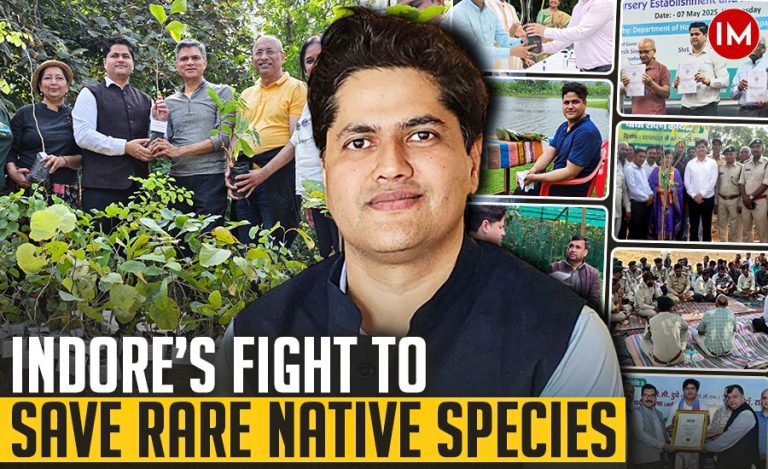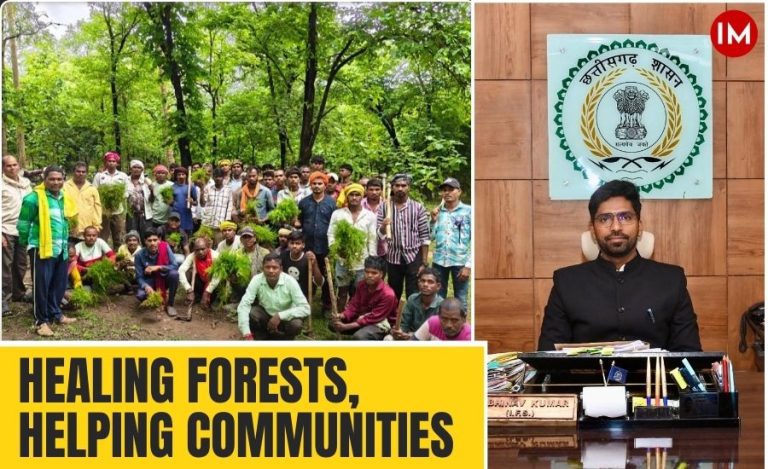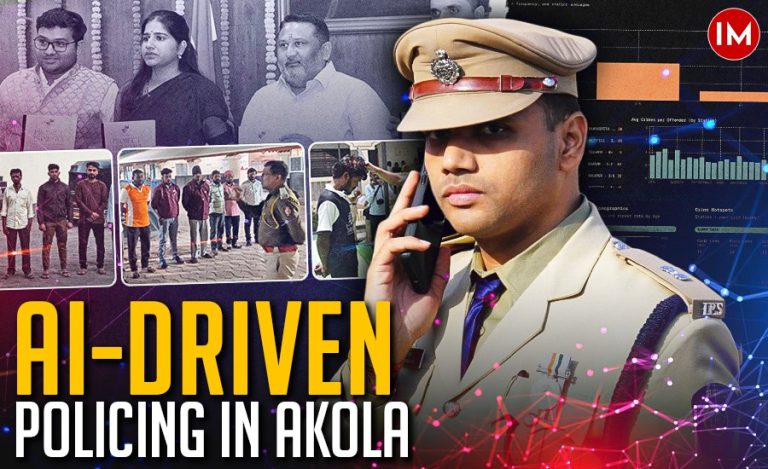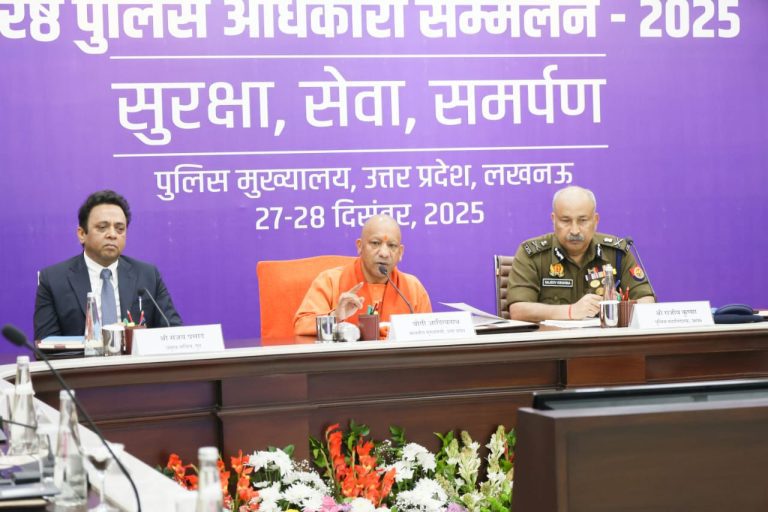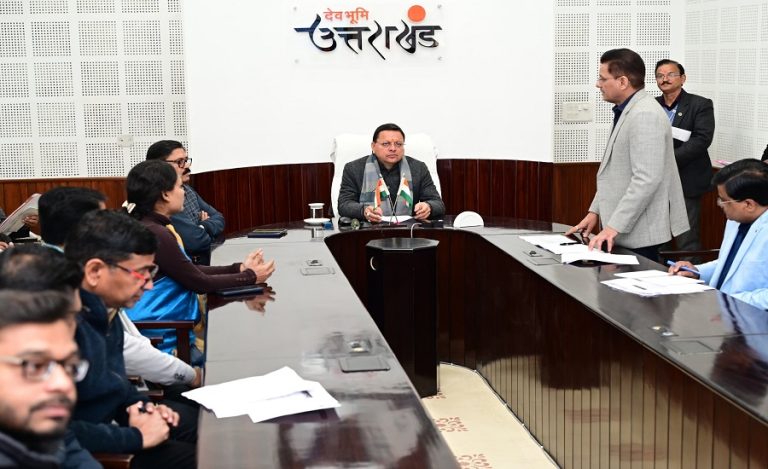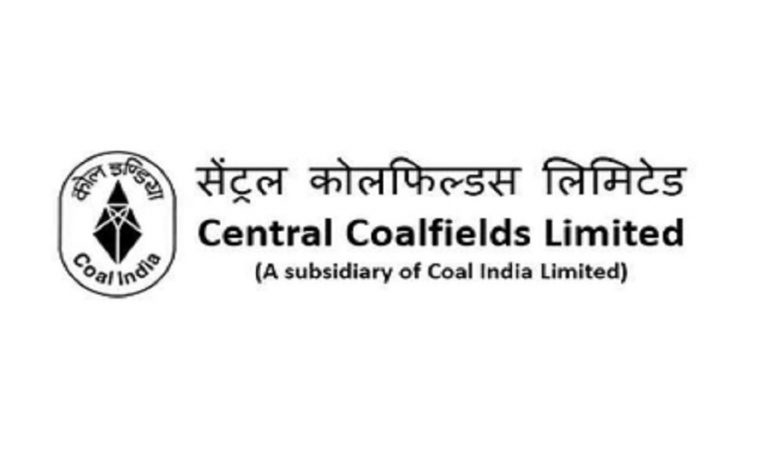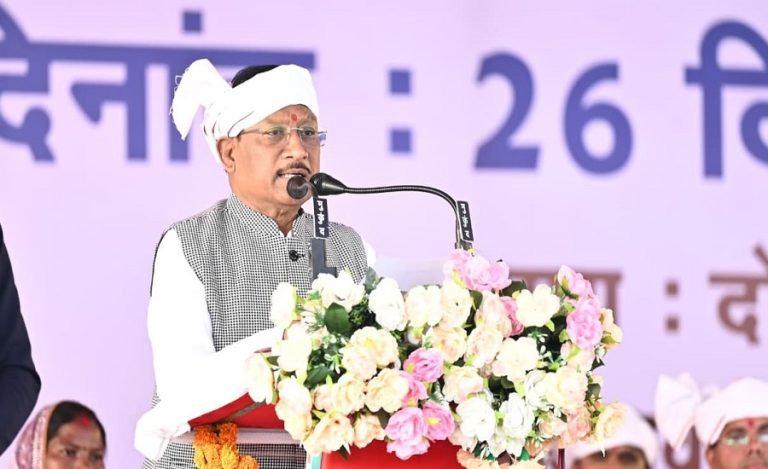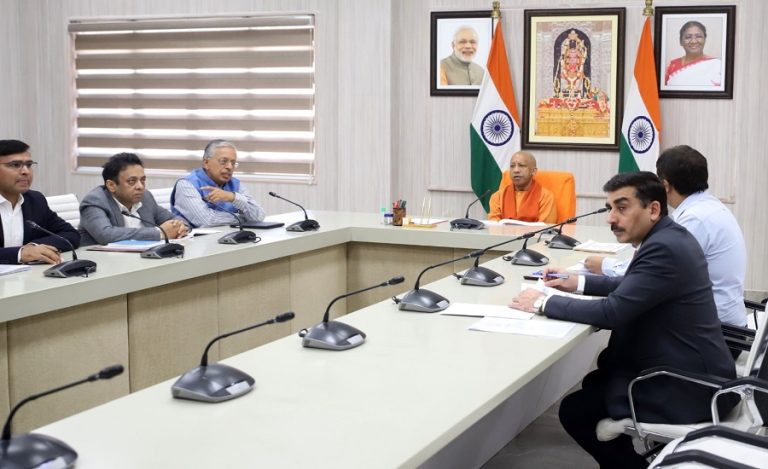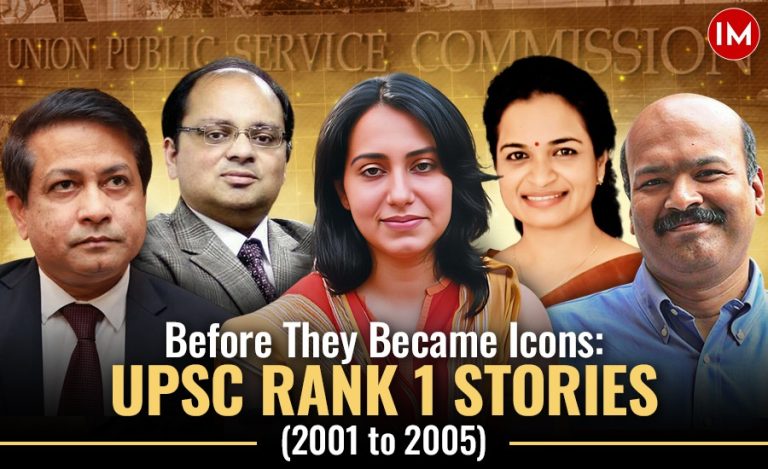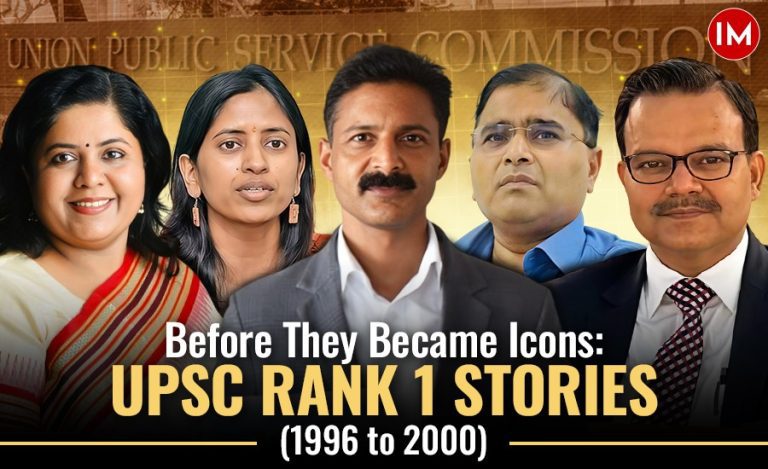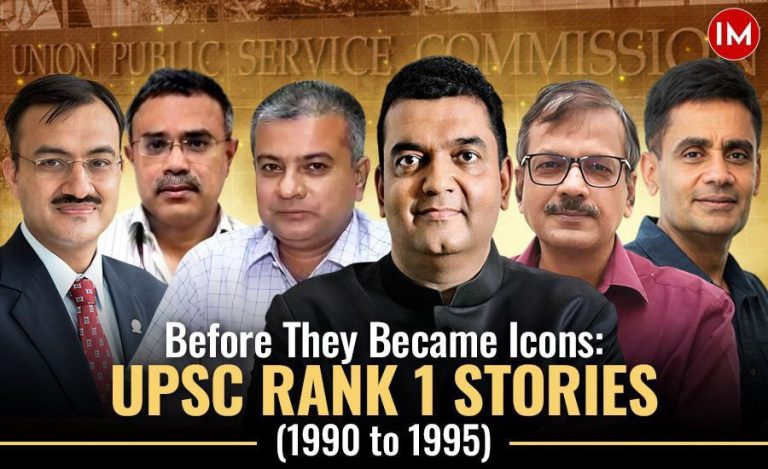Hailing from a government school himself, IAS officer Mr. Aditya Ranjan was already well aware of the condition that a typical government school bears. But when he went on a field trip to see for himself the government schools in the anganwadis of Singhbum district of Jharkhand, he was taken aback. All he could make out from the dilapidated condition of the schools were broken furniture, cracking walls, falling ceilings, a handful of disinterested students, and the absence of teachers.
Speaking with Indian Masterminds, Mr. Ranjan recalled, “Many of the anganwadis were not even open. The active ones had dilapidated buildings sans proper toilets or drinking water facilities. Children only came for mid-day meals. The government-mandated Mata Samiti (a forum for teachers and helpers in each Anganwadi) were nowhere to be seen”.
He soon realized that that things were in total shambles in the district. “I, myself have studied from a government school back in the day, so I was kind of aware of the environment, but it came to my mind that I should do something for these schools because I didn’t want them to lack in the same facilities that I did. I tried some of the tit-bits that I could do.”
As a first step, the young IAS officer took help from two sources: the internet and his seniors from Lbsnaa. The latter introduced him to ‘Bala paintings’, which he used to improve the look and infrastructure of the schools.
Mr. Aditya dreamt of converting government schools’ infrastructure into the ones similar to private schools. He wanted the students from government schools to get similar exposure.
It Began In the Mind
Mr. Aditya explained in detailed the process of transforming the schools, which first began in his mind. He said, “schools were treated like langars where students only came because of the mid-day meals. I realized that they should be turned into Nutri-education centers”.
Mr. Aditya further explained how each nutri-education center was supposed to have at least three activities in place.
- Nutrition
- Education
- Teachings of hygiene and self-dependency.
Mr. Aditya and his team set out to work. His first focus was the pre-schools. “Research shows that the first 1000 days of a child are the most important years of brain development. In the first 5 years, 99% of the brain is already developed. This is the main reason why in the education systems of Western countries, the fee for pre-schools is ten times more than in normal schools. But in India, it’s the other way round,’’ he said.

The First Centre
Mr. Aditya was not familiar with what all was required to make a nutri-education center. So keeping his aim in mind, he used the money from his own pocket in building the district’s first such center. “It took me two months to make the center and I named it ‘Titli’. Further on, I made a list of all that was required to make a modern Anganwadi center. That entailed proper infrastructure, paintings and curriculum.’’
Enhancing the Anganwadi Centers:
Simultaneously, Mr Aditya signed a Memorandum of Understanding (MoU) with a Mumbai-based organization`Titli’. “As a first step, we trained the sevikas of these Anganwadi centers, based on the Bala paintings that were in the centers. These sevikas were taught how to use Bala paintings to portray letters from A to Z”, says Mr. Ranjan.
Right from educational paintings to paintings related to hygiene, health, and nationalism in the form of the national symbol, animal and flower, these anganwadis had it all.
Another issue which Mr Aditya Ranjan faced was that of Left-Wing Extremism (LWE) in the Sunghbum district. “Out of 217 panchayats here, some 200 were impacted by LWE. There are villages in the district that do not recognize the Indian Constitution. They don’t consider themselves a part of India. Therefore, I had to bring up nationalism in all the anganwadi centers. As of now, all the anganwadi centers have national flag, national symbol, national emblem, national animal, national bird painted right there in the buildings, so that they get the feeling of nationalism from the age of 3 to 4 years onwards,’’ he explained.
These were the parts that he included in the first anganwadi center and further on, he replicated these into 700 more centers, using multiple fund sources. He received a lot of monetary help from CSR funds and some Government sources. All of this helped Mr. Ranjan in transforming over 700 anganwadi centers into modern art centers.
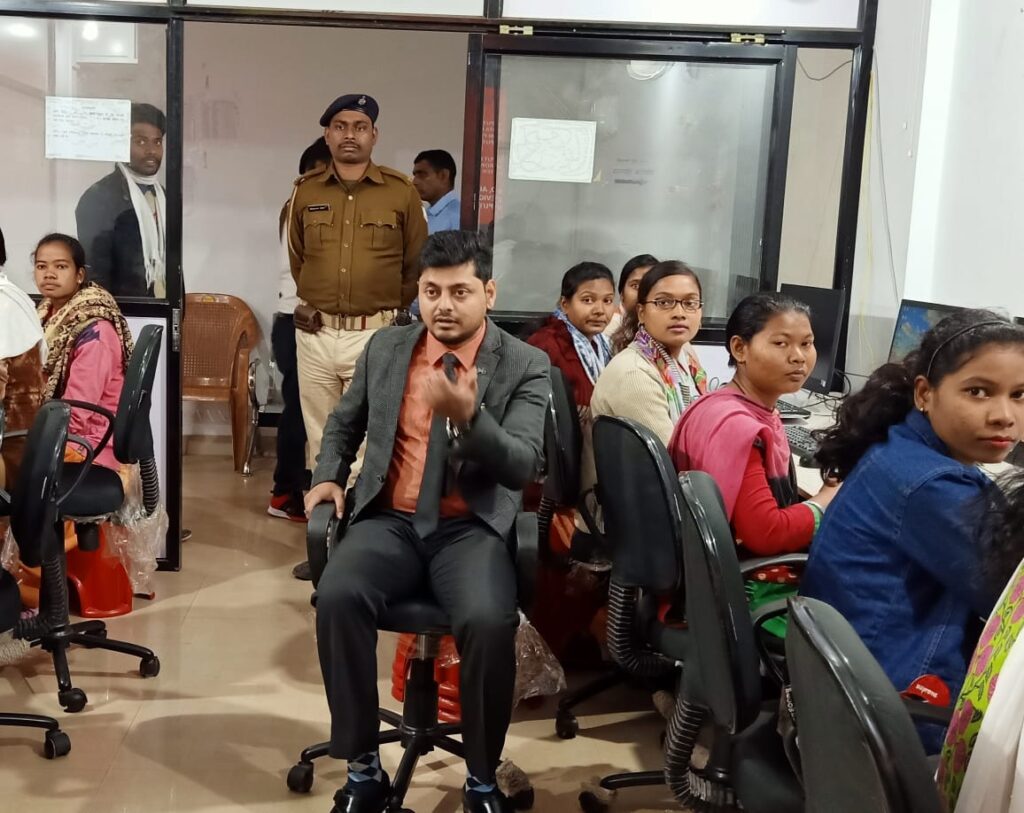
Transforming Schools
Mr. Aditya did something on these lines for the schools as well. He prepared a list of things that should be there. The list included points such as parking stretch, playground, playing equipment, indoor stadium, dining shed, modular kitchen, modular toilet, ICT Labs, science labs, library to all the Bala paintings in all the classes, starting from class 1 and 2.
“All the classes will have painting related to their level in the classroom. The basic things will be on the walls, so it will be visible to them at all times and in that way, it will root inside their head. If you are sitting in a room with solar panel painted roofs, you will never forget what’s on there and that was the basic idea”, said Mr. Ranjan .
He built the first school himself and went on the replicate 7 others. “I was in the process of making 62 more model schools, but sadly, I got transferred before I could do that,” he said.

Challenges
Talking about the challenges that he had to face, he tells us that the first was of acceptance of his new models. Right from political leaders to others, they could not imagine something like this could happen.
Convincing the political leaders was another challenge. “I invited the area Member of Parliament (MP) to come and inaugurate the first anganwadi center and he just loved it! Similarly, I started pitching in all the MLAs and MPs from the local district,” said Mr. Ranjan.
The third and the biggest challenge Mr Ranjan faced was what he called “soft components’’ of the centers. “You can give them buildings, you can give them uniforms, you can give them good infrastructure, but you cannot make them work for it. So for that, I started an internship program in the district. We trained the anganwadi sevikas and sahayikas for a week. I kept volunteers from top colleges such as IIT, NIT, etc. and provided them with monthly stipend of Rs. 10,000. They ensured that the sevikas and sahayikas were actually doing the work according to the training that they had received and were making use of the Bala paintings for teaching the students there.”
Mr Ranjan also appointed teachers who would go to parents of children studying in private schools, and convince them to send their kids to government schools. Bringing rich kids to government schools would have helped in bringing the quality of their education. “When I started the school, the number of children studying was 182, and once the school became modern, within the same educational year, the number rose from 182 to 368,” he said.

Health Wellness Centers
Singhbum’s district headquarter Chaibasa boasts of having the largest number of health and wellness centers in Jharkhand. A majour credit for this goes to the good work of Mr Aditya Ranjan. Just as he gave a fresh lease of life to the anganwadis, he transformed these centres too.
By his own example, Mr Ranjan has shown that official power coupled with a strong sense of social responsibility can do wonders at any place.

